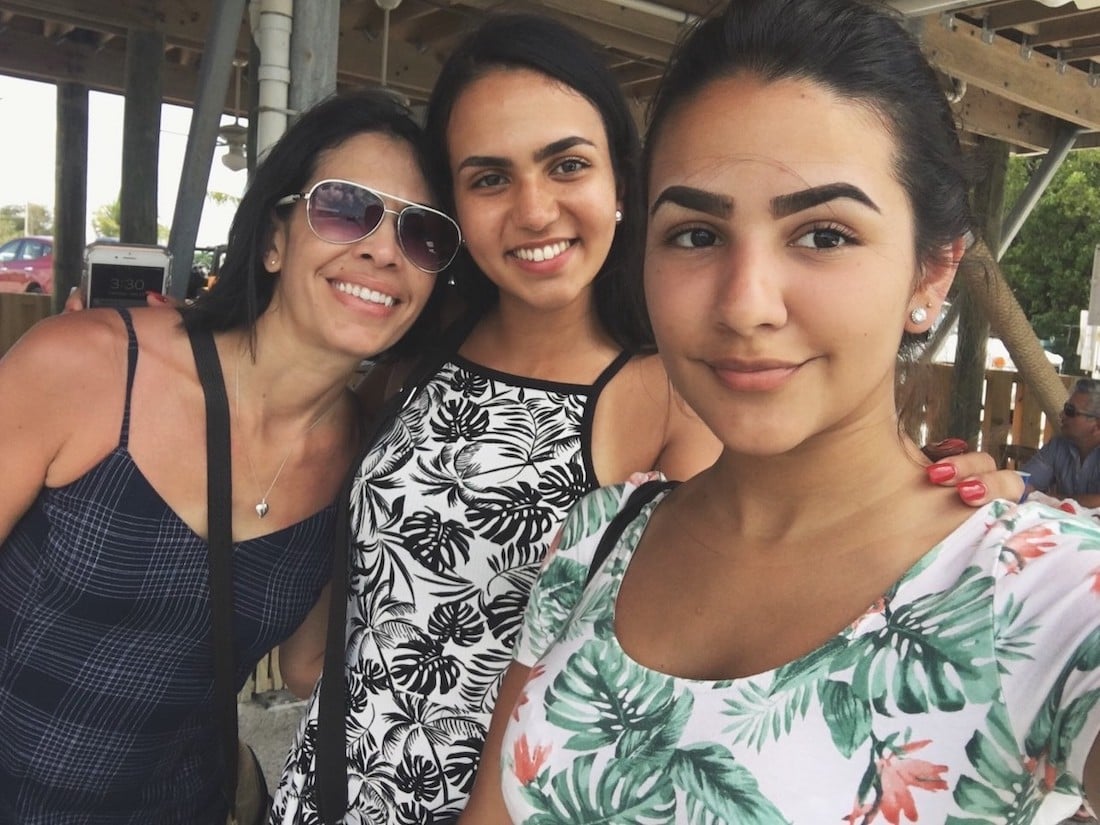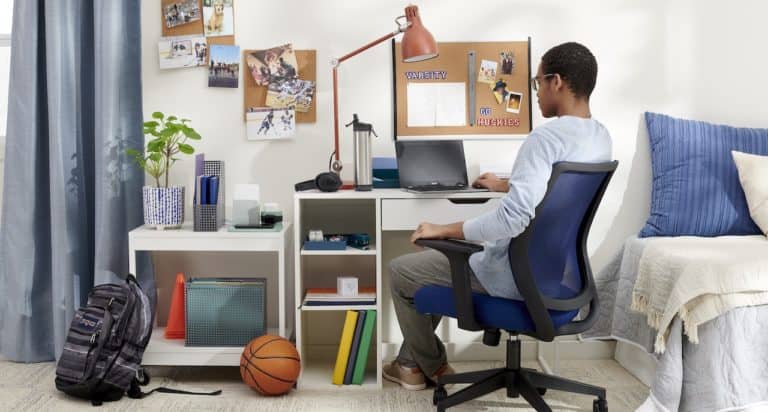Unlike many states where students haven’t seen the inside of a classroom for almost a year, my state has been offering in-person classes since August. At first, we were anxious about our son attending classes and participating in sports, but my husband and I weighed the risk to our family and community against the benefits for our son, and we agreed that (with safety protocols in place) in-person school was the best option for us.

We allowed our son to switch to remote learning
However, by October, my son and several of his friends began to talk about switching to remote learning. I can’t say that their reasons were particularly compelling — after all, teenage boys aren’t exactly known for making solid, academic-based decisions. But I am an educator who has taught in public school, Catholic school, a progressive free-thinking private school, and who has homeschooled. So, I know there is more than one way for kids to be educated.
With this in mind and knowing that everything is weird this year anyway, we agreed to let our son try virtual schooling — and so far so good. He has maintained his grades, gained important self-management skills, and enjoyed a more relaxed schedule.
I don’t know what next year will hold. Chances are my son will return to in-person learning. However, even if schools nation-wide return to campus, it’s likely the virtual learning option is here to stay. And while a lot has been made about the negative issues associated with pandemic school closings, many kids are actually benefiting from a virtual or hybrid schedule.
Five reasons some families might continue with remote learning even after the pandemic
1. Focus on mental health
The evidence is clear that prolonged school closures have negatively impacted the mental health of countless children and adolescents. However, this isn’t the case for all kids. Sissy Goff, author of Raising Worry-Free Girls and Brave: A Teen Girl’s Guide to Beating Worry and Anxiety has found that a number of her clients are experiencing improved mental health while learning from home.
Goff explains that kids suffering from anxiety are often triggered by school — peer pressure and the pressure to perform. While all kids need to learn to handle stress and social situations, for some kids a combination of at-home learning and extra-curricular activities or a hybrid learning situation might be more conducive to their mental well-being.
2. Time to focus on other interests
School is a great way for kids to be involved in extracurriculars like sports, band, or theater. But many teenagers are interested in pursuing activities that schools rarely offer such as cooking, equestrianism, hiking, or fishing. And in many smaller communities, popular sports like swimming, tennis, and golf aren’t even a part of the schools’ curriculum.
Virtual and hybrid learning can free up more time for kids to delve into what they love. For students hoping to take their favorite sport or activity to the next level in college or as a career, this extra time is particularly valuable.
3. Time to work
Unfortunately for some kids, the money they make from their after-school and summer jobs won’t be enough for college. The freedom to work more hours during high school might allow them to enter college without taking on a lot of extra debt. Still, other high school students choose to work to gain valuable job experience toward a career goal or to help support a family farm or business. Whatever the reason, maintaining a job or apprenticeship by taking advantage of a hybrid or virtual learning program could be a terrific option for some students.
4. Being home is a different type of socialization
Many Americans have a picture in their minds of what a “normal” social life should look like for a high school student — hanging out with friends at lunch, joking around in the hall between classes, and attending ball games and dances. But the truth is healthy friendships and activities can be found in a variety of circumstances.
Groups of teens taking advantage of online learning options will likely find fun and interesting ways to hang out and have fun that is just as fulfilling as anything they might do in school. There’s no reason to assume that virtual schooling has to be lonely — particularly after pandemic restrictions are lifted.
5. More conducive to a family-centered lifestyle
For some families, allowing kids to be educated from home just makes sense. A virtual school schedule can provide families with more time to travel or to enjoy a shared interest. Some families simply enjoy a more low-key schedule and more time at home together.
The pandemic has been hard on everyone but perhaps one silver lining is that it has forced us to rethink a lot of things — including education. We’ve learned that, while not for everyone, virtual and hybrid schooling can be a valid alternative to attending classes seven hours a day. For some families, the new way of doing things offers a less stressful and less restrictive option that can make for happier kids and parents.
More to Read:
What Parents Told Us About Their Teen’s Remote Learning Experience [Survey Results]









